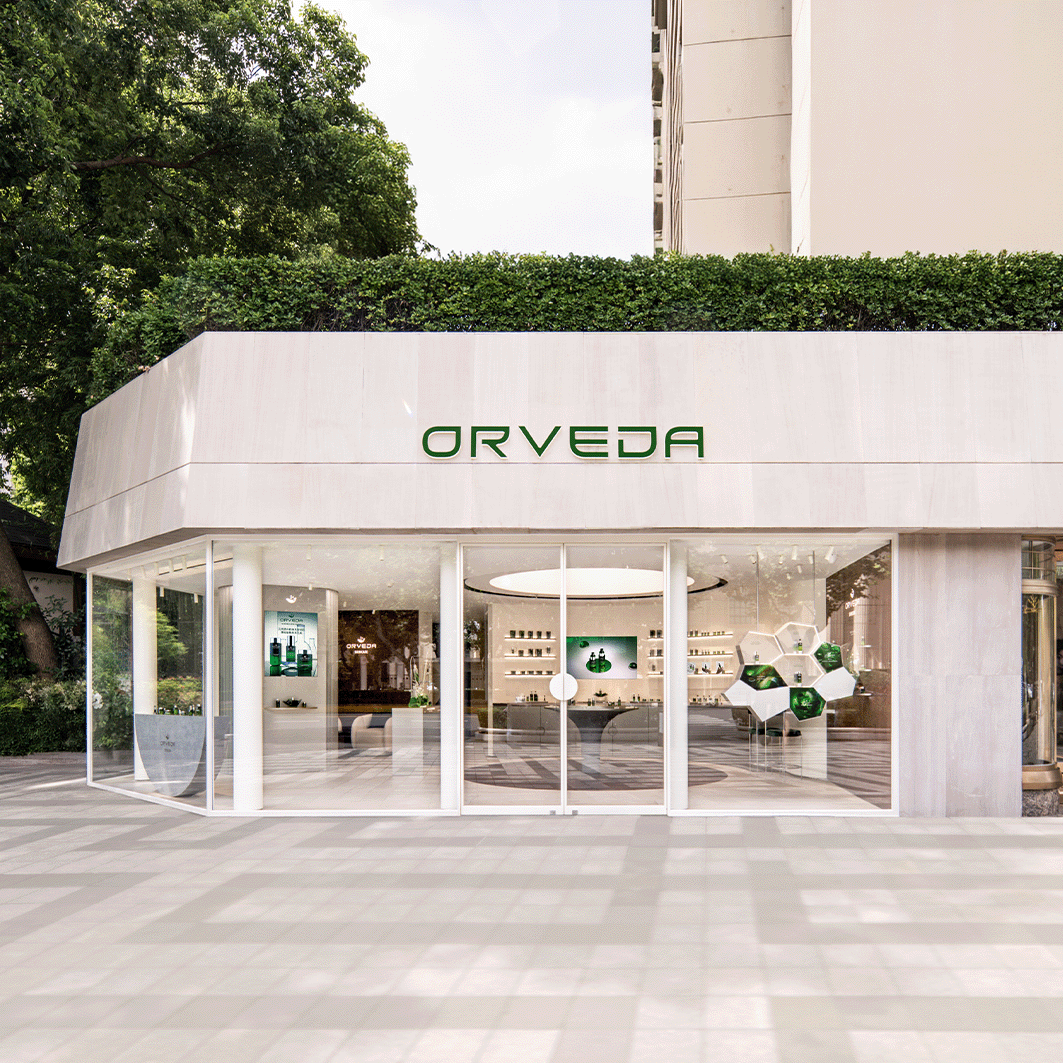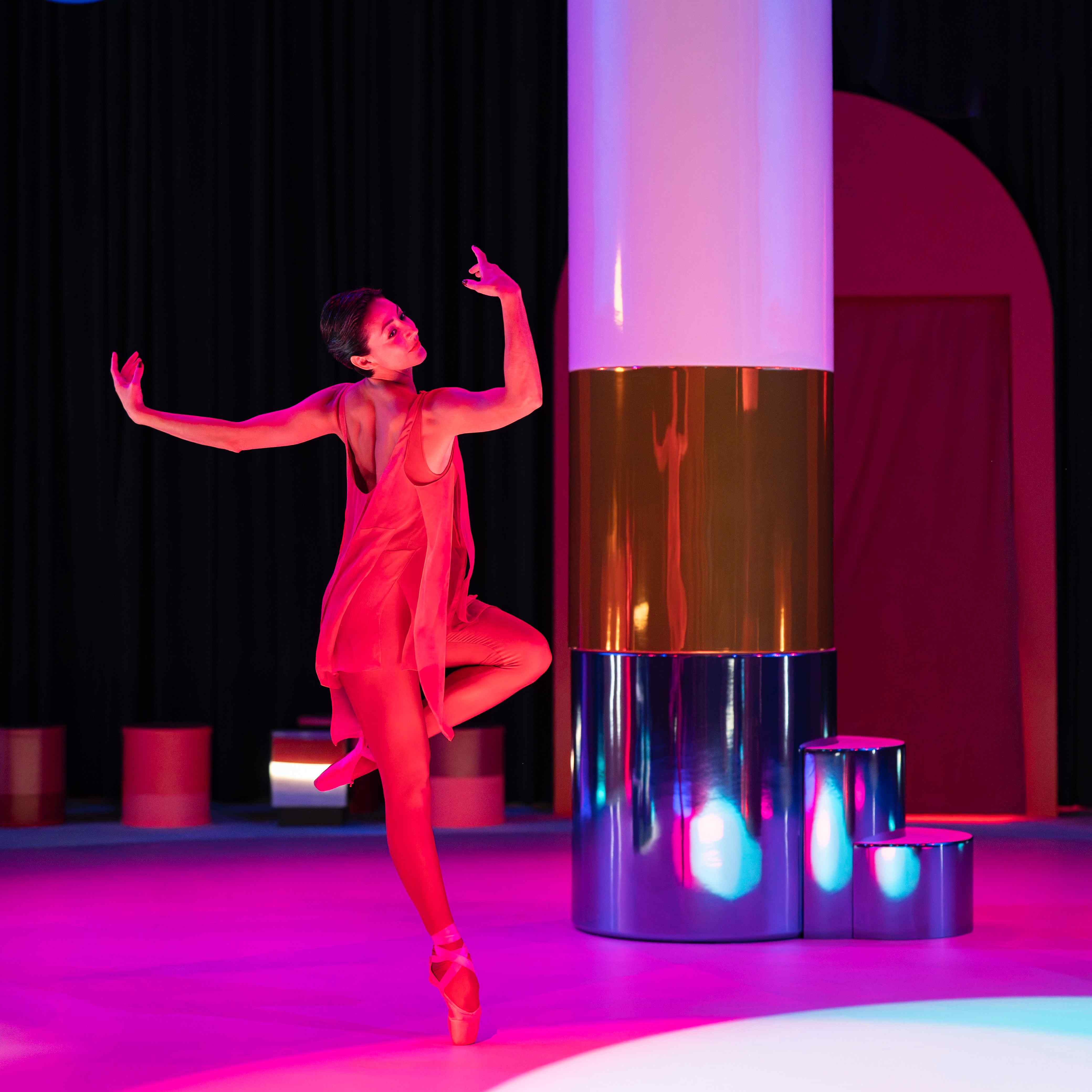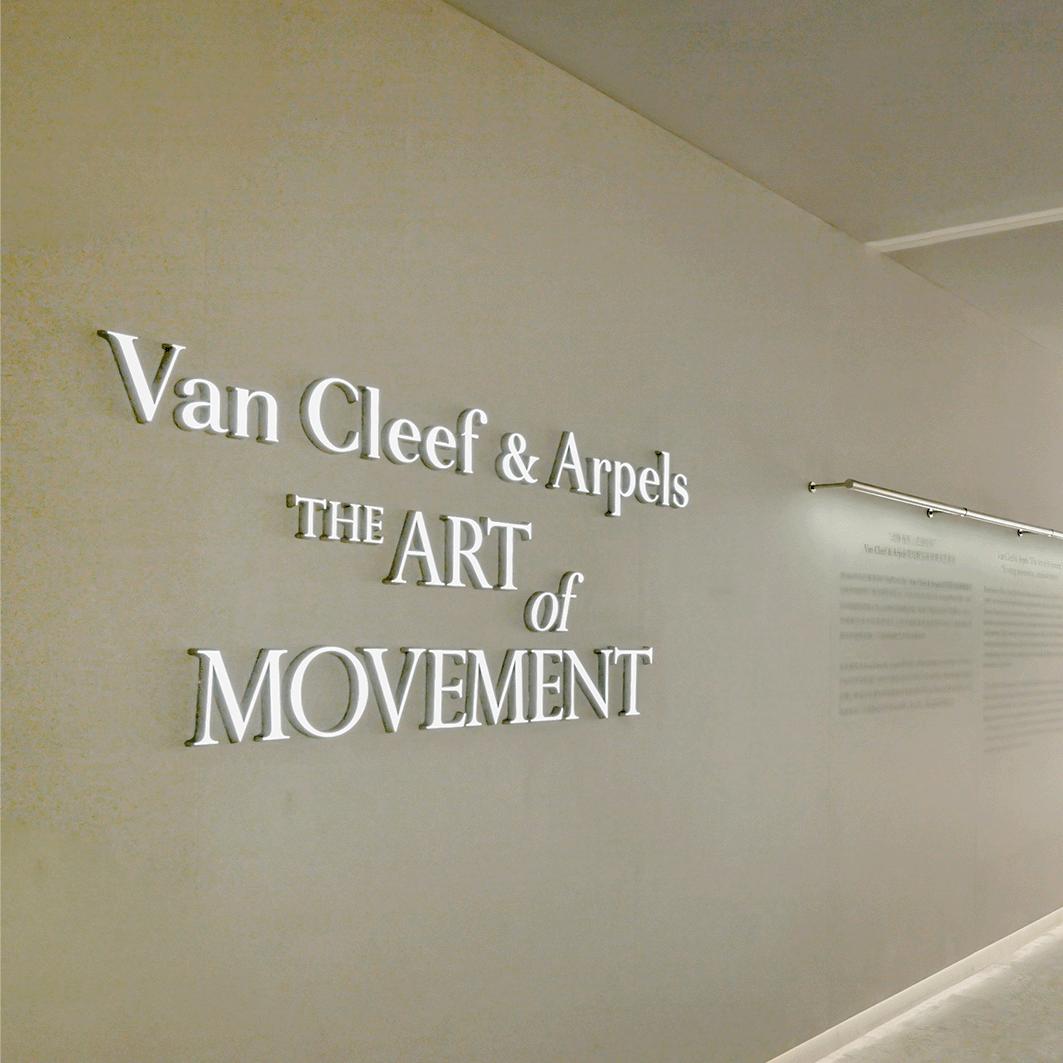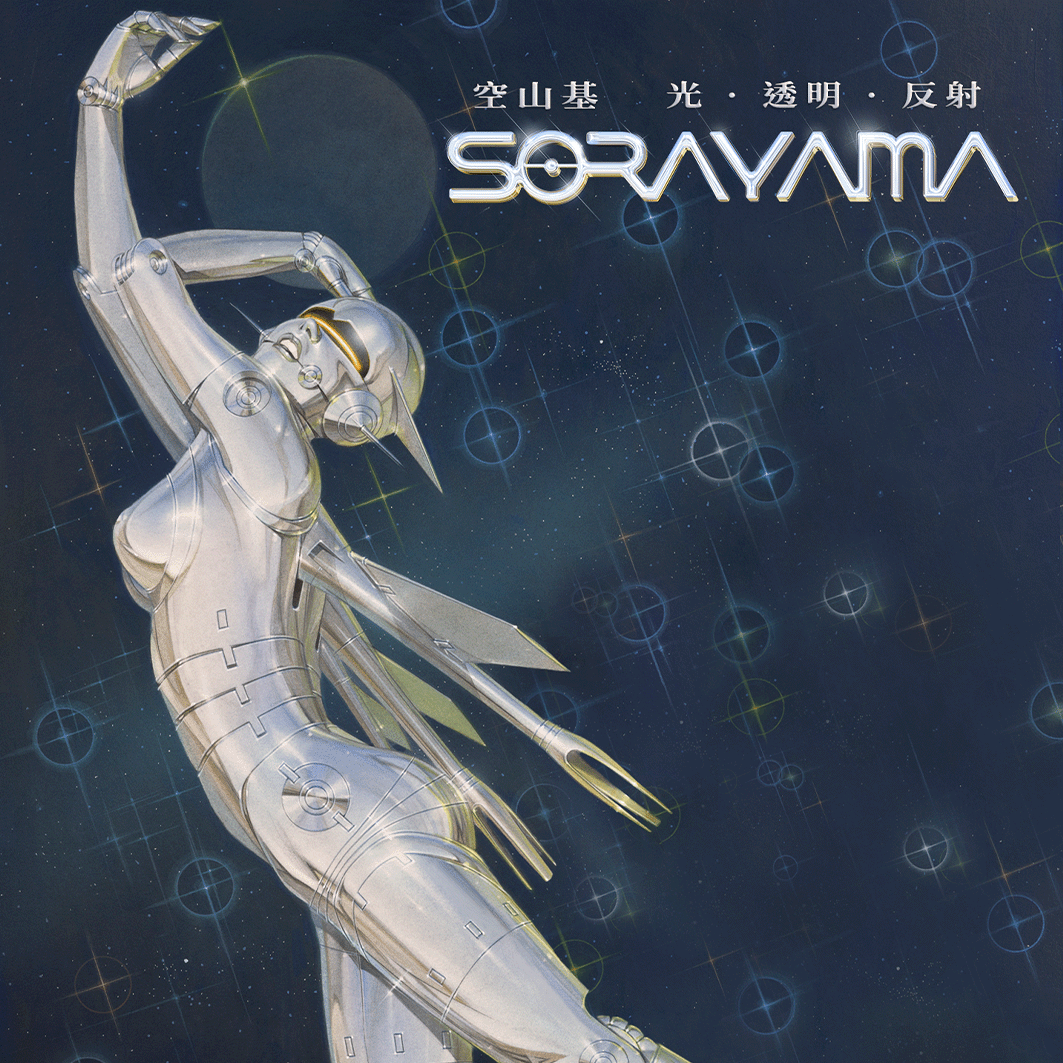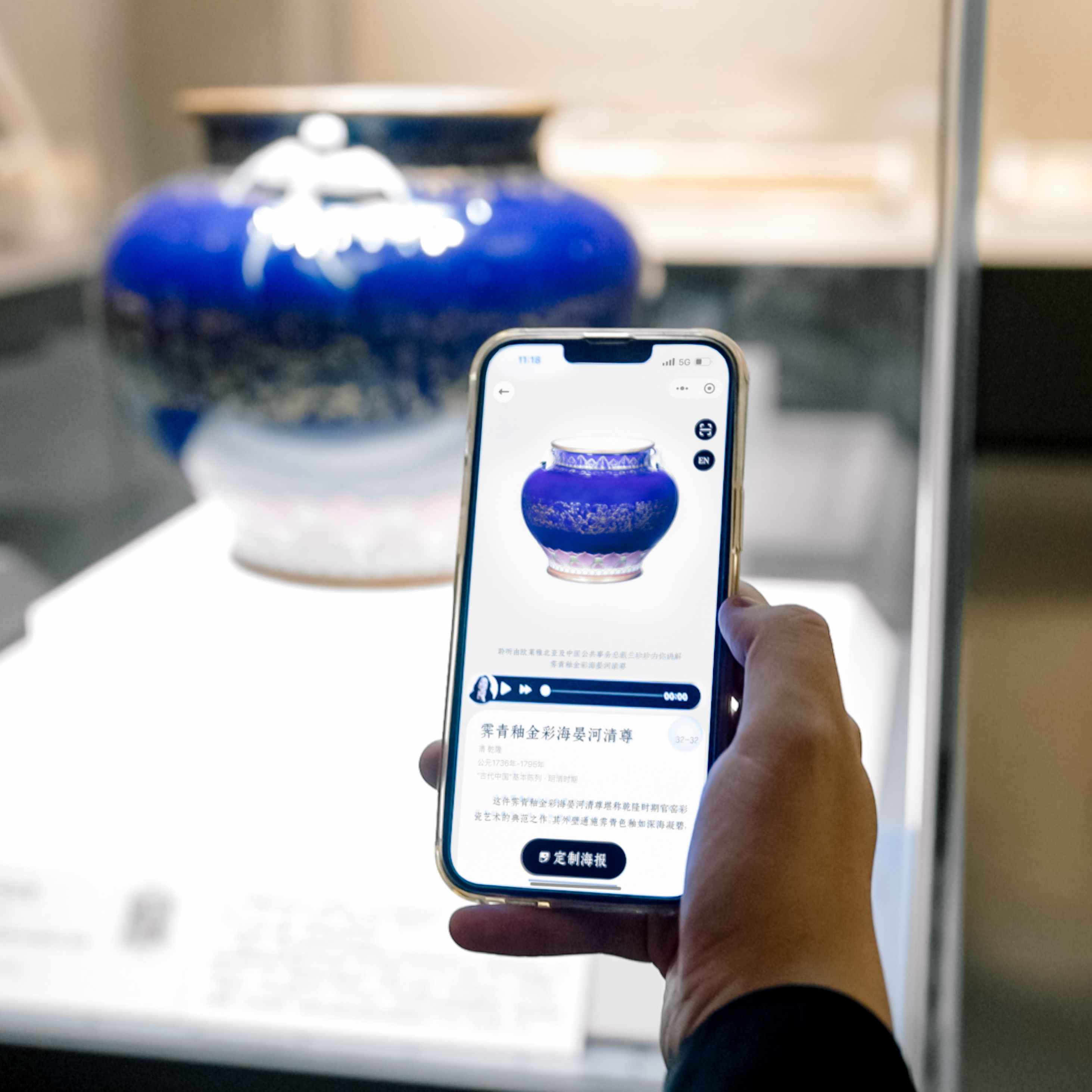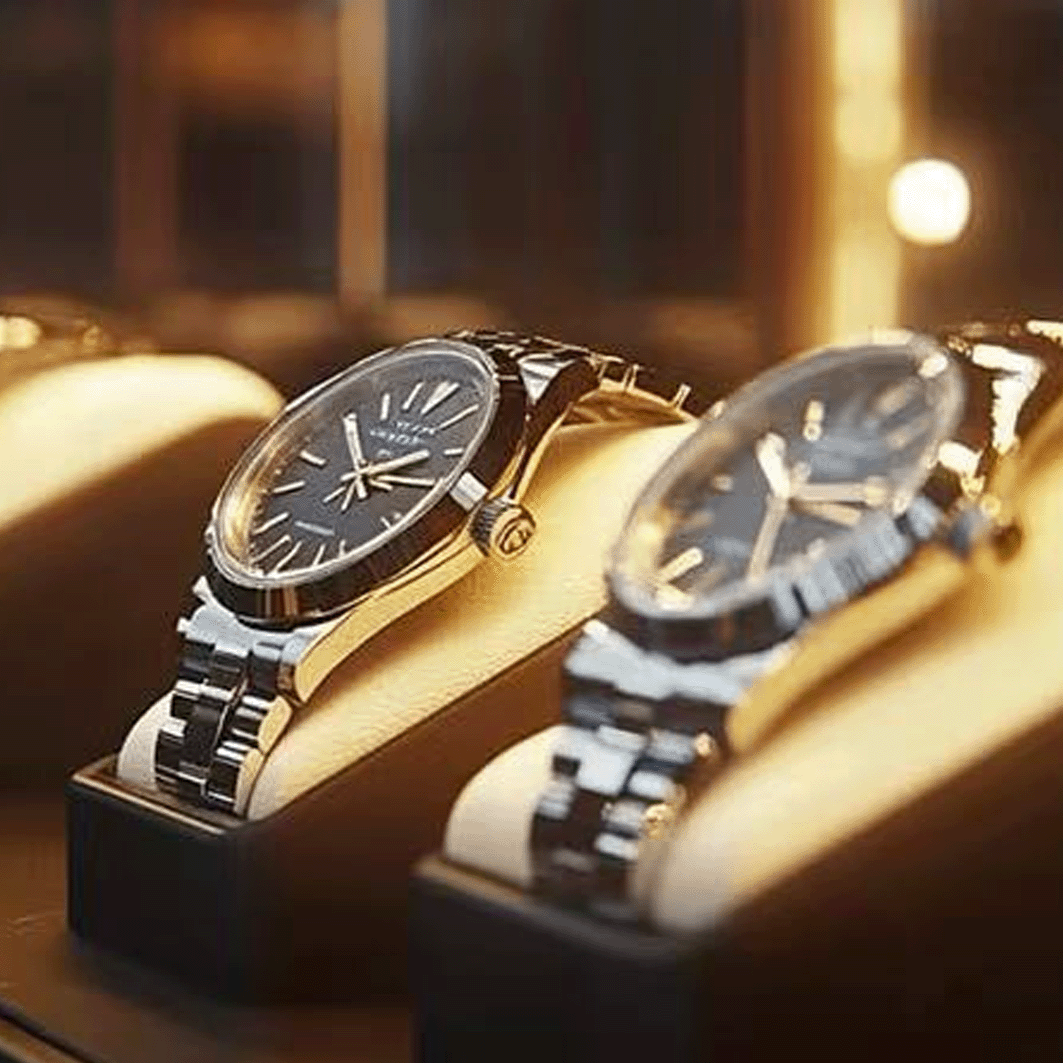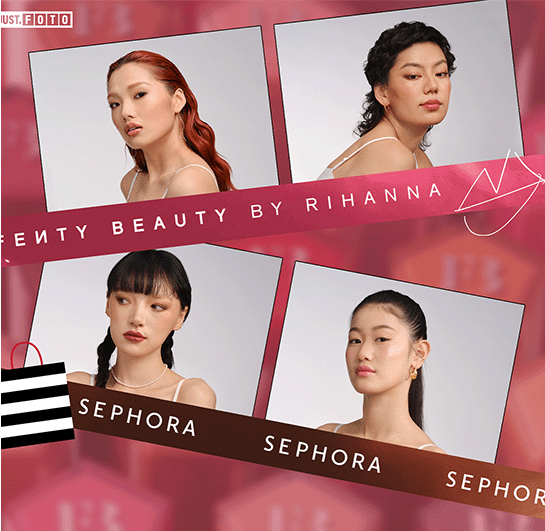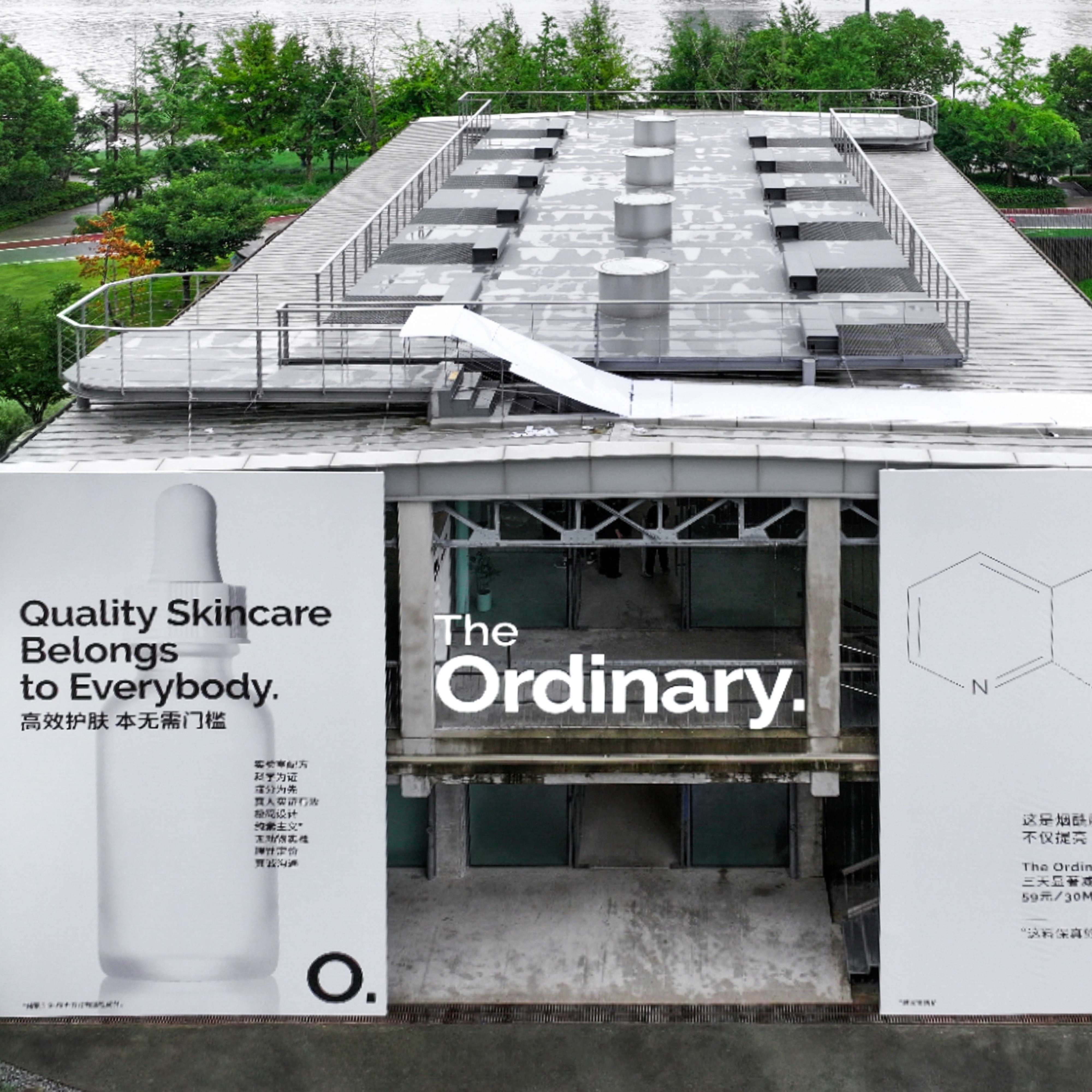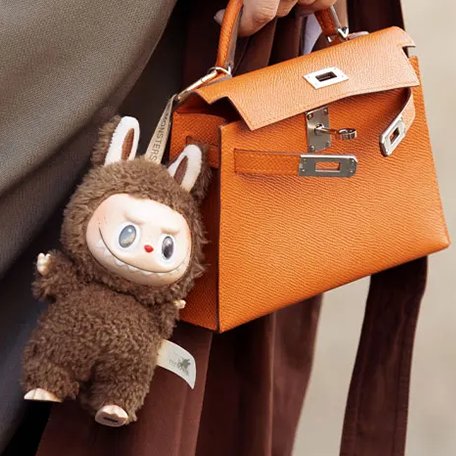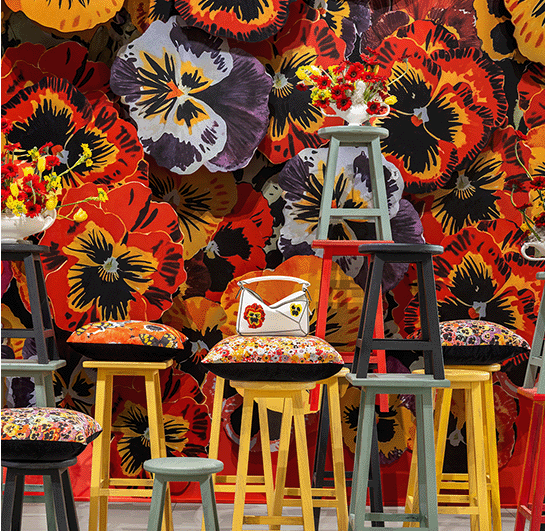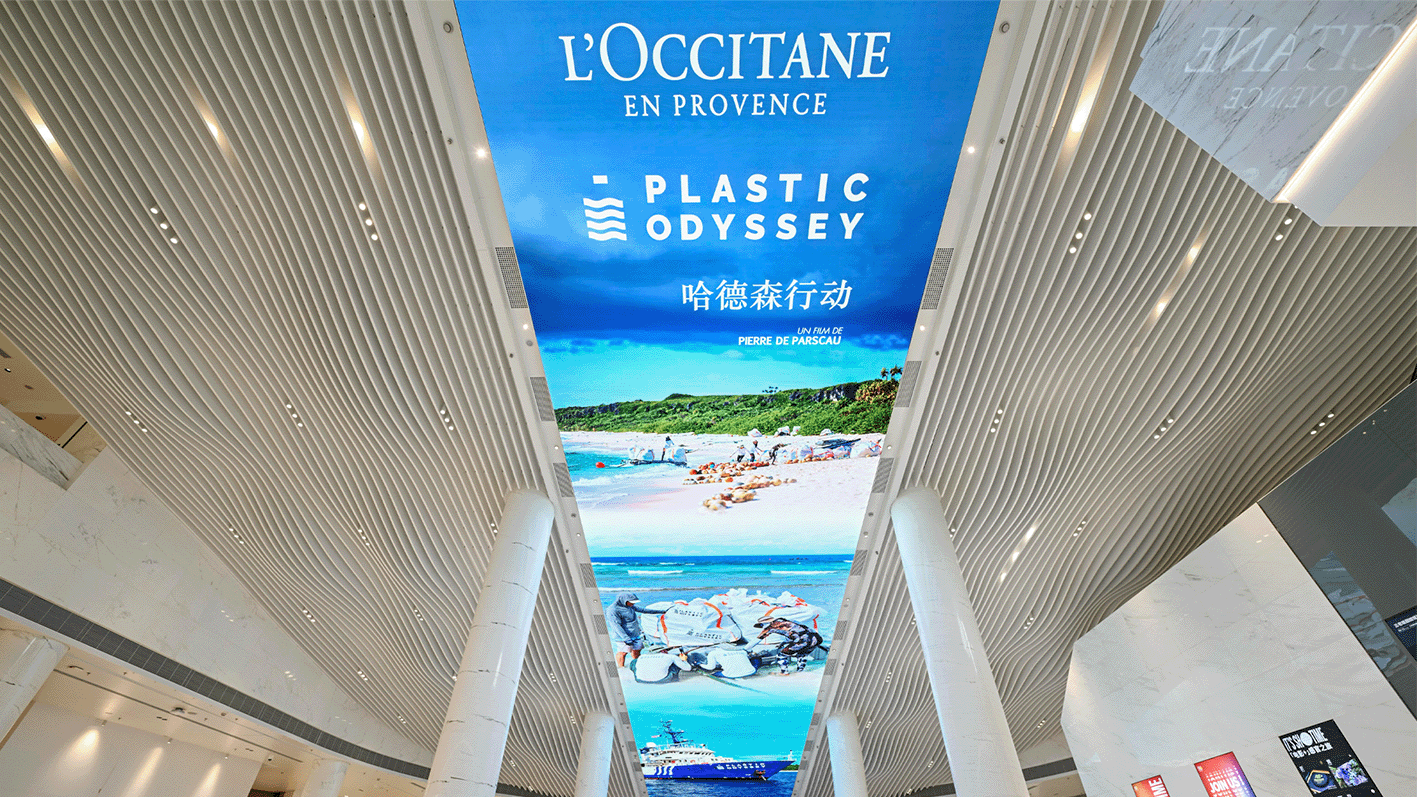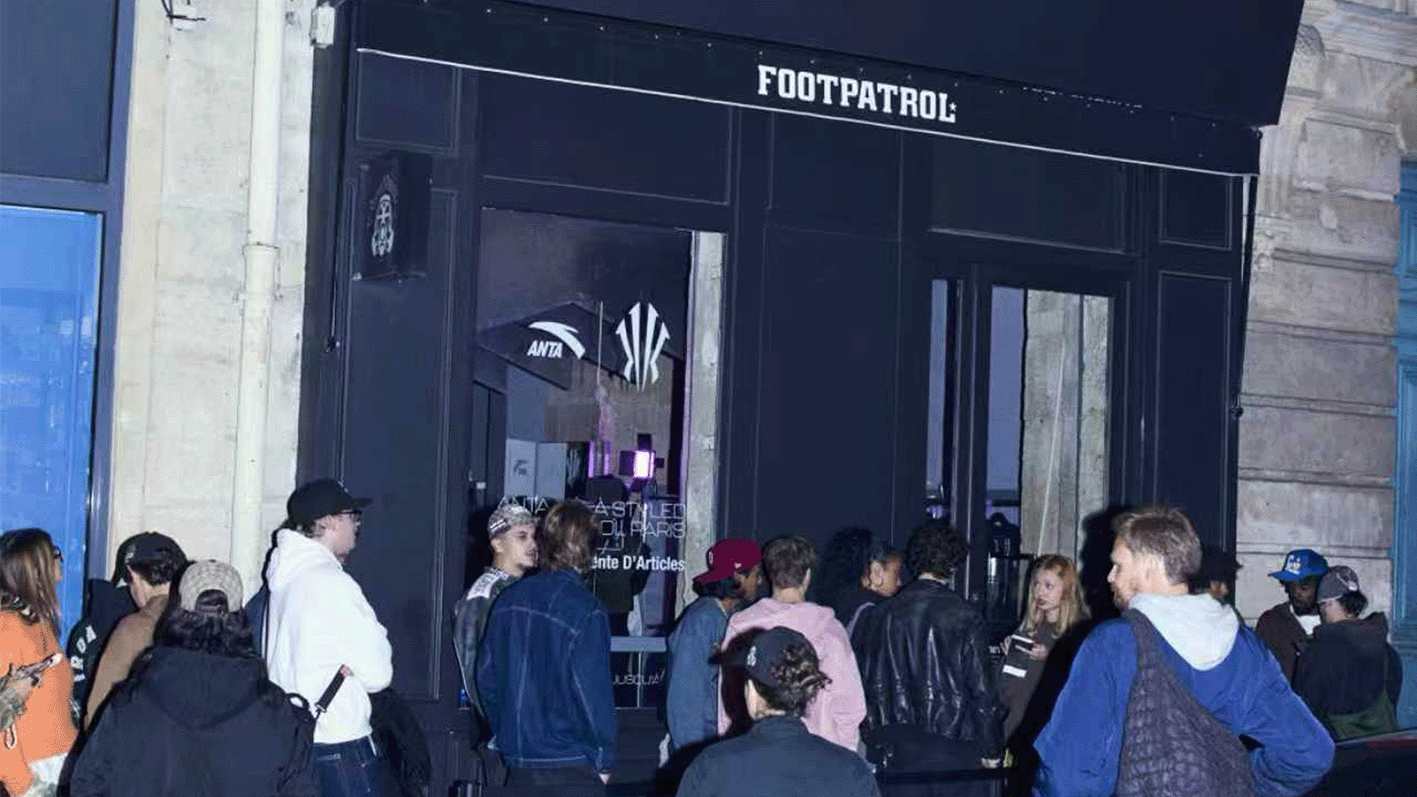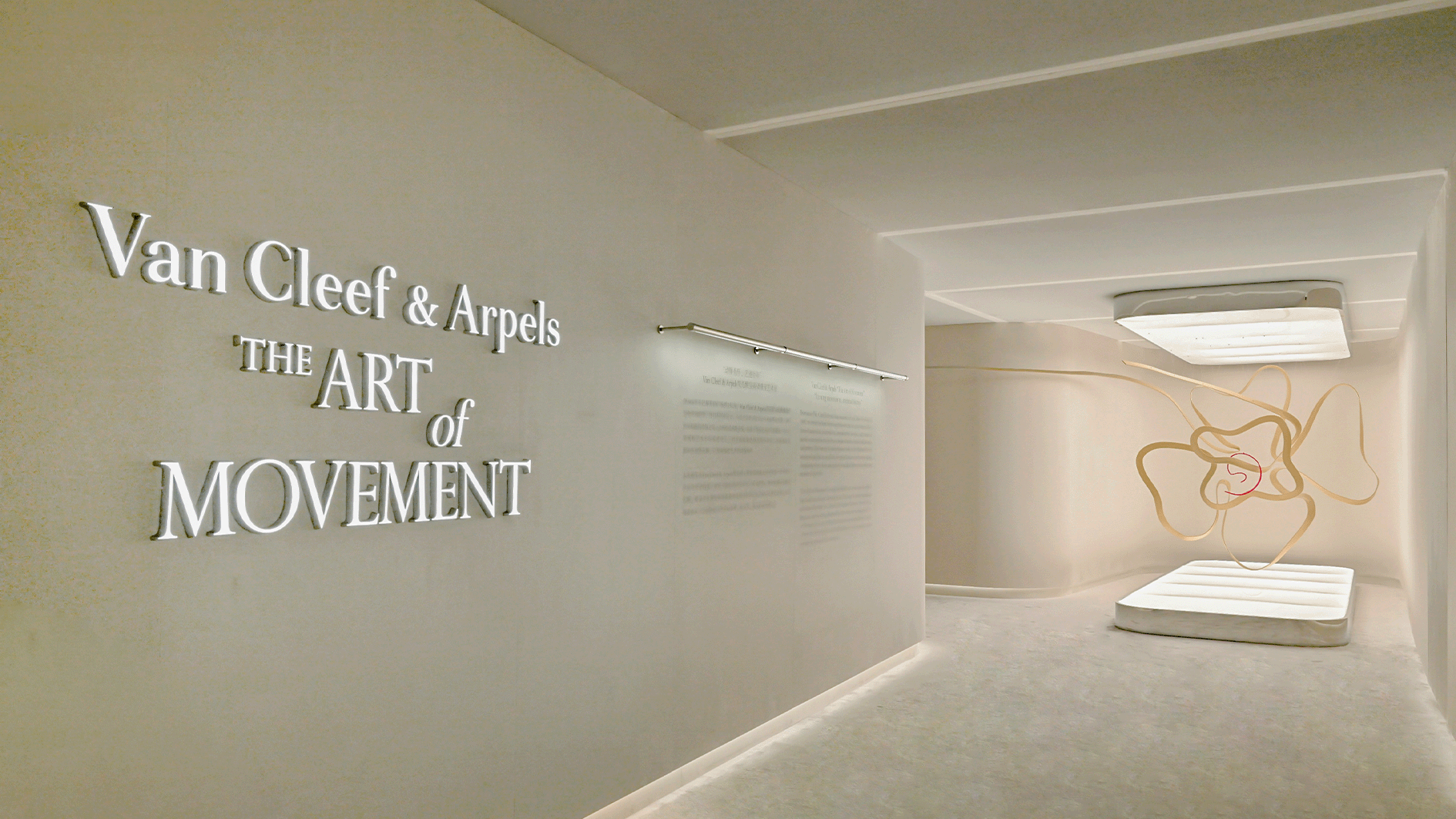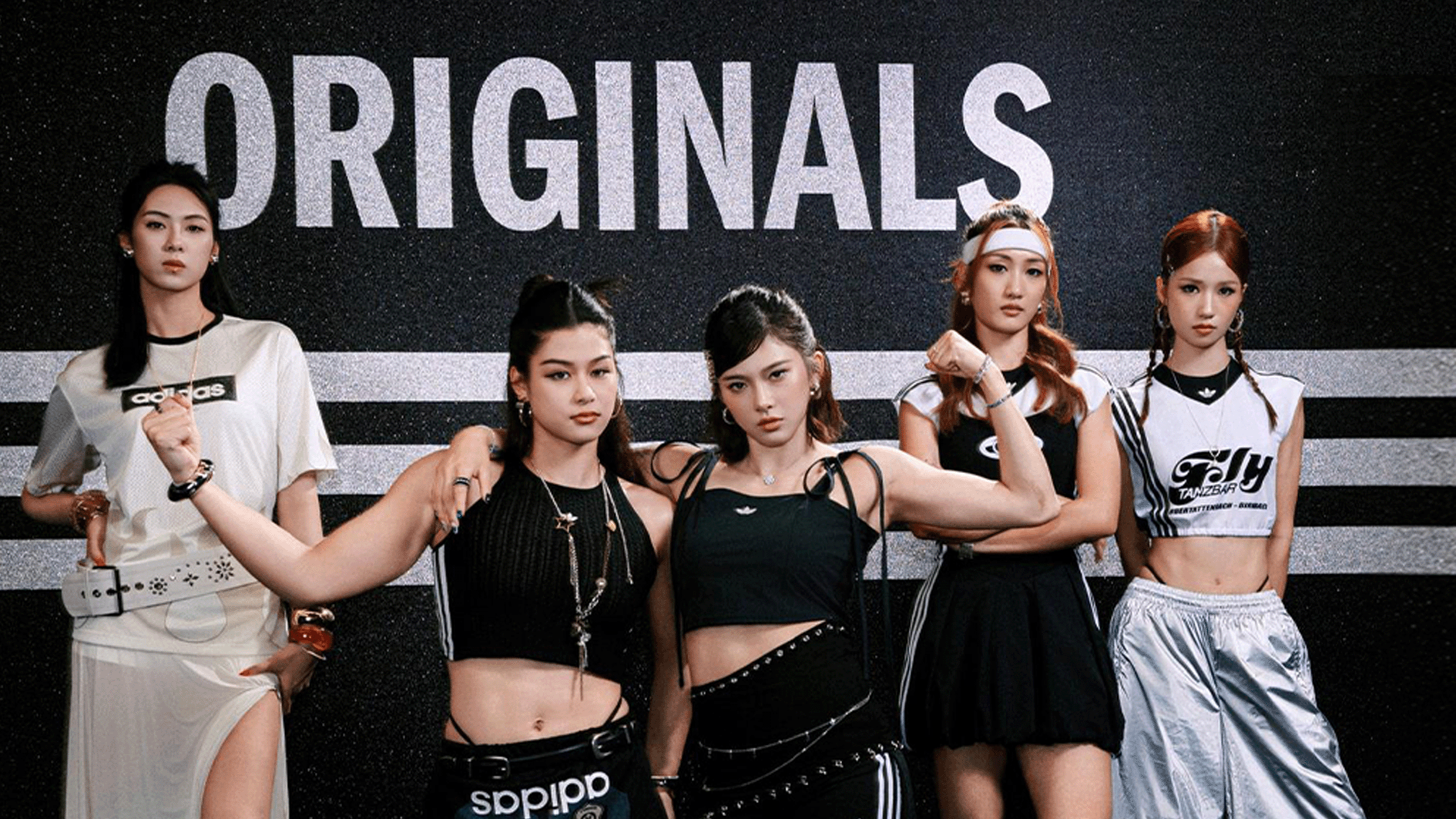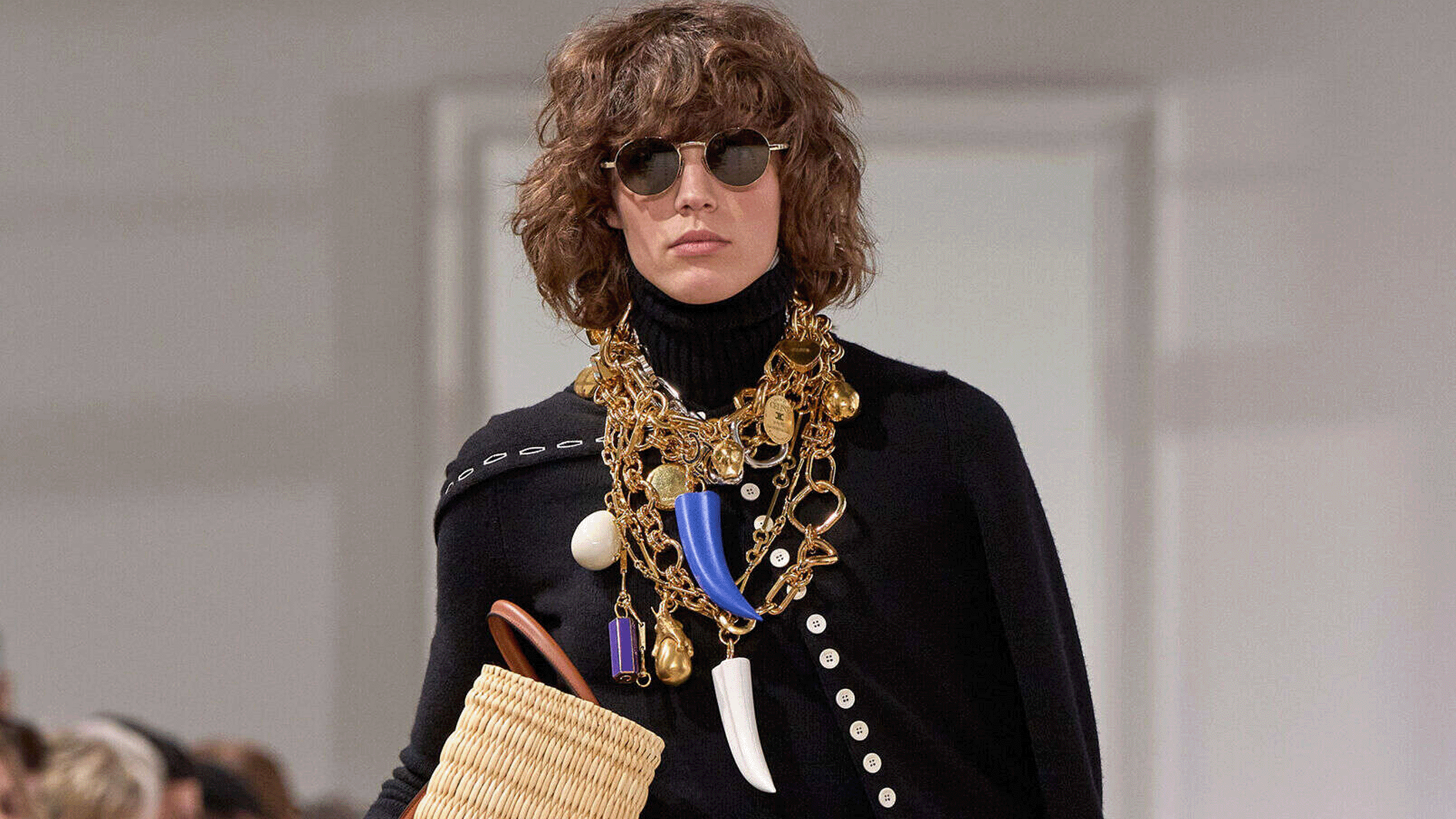- FEATURE
- |
- MERGERS & ACQUISITIONS
- |
- FINANCIAL
- |
- MARKETING
- |
- RETAIL
- |
- ESG-SUSTAINABILITY
- |
- LIFESTYLE
- |
-
MORE

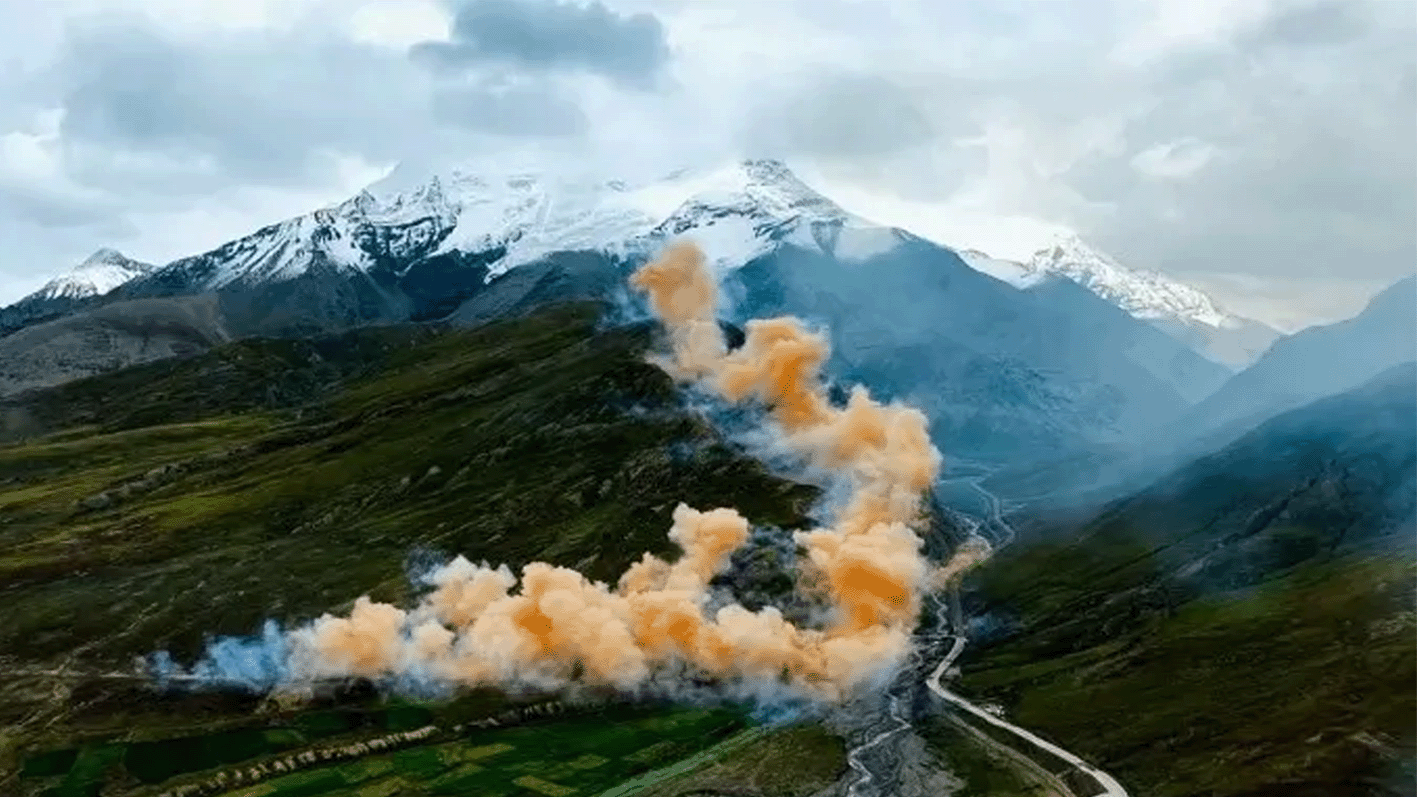
As one of the most-watched brands in China’s outdoor and lifestyle sectors, Arc’teryx has become a frequent case study among executives eager to understand how niche authenticity scales into mass appeal. But in mid-September, the brand found itself in the spotlight for different reasons: a controversial art-led campaign that backfired—and served as a cautionary tale on the limits of storytelling, symbolism, and sustainability in the Chinese market.
On September 19, Arc’teryx unveiled Ascending Dragon, a high-altitude fireworks project developed in collaboration with renowned Chinese artist Cai Guo-Qiang. Staged on the slopes of the Himalayas at an altitude of 5,500 meters in Xizang, the project aimed to interpret the theme “Beauty Ascends” through a multi-act pyrotechnic performance that evoked a dragon soaring skyward.
The initiative was intended as a poetic gesture—merging Chinese cultural mythology with a message of vitality and resilience. It was also an ambitious example of how Arc’teryx has, in recent years, blended art, nature, and identity to deepen emotional resonance with its expanding Chinese audience.
But almost immediately after the brand published video footage of the project (later deleted), the reaction turned overwhelmingly negative.
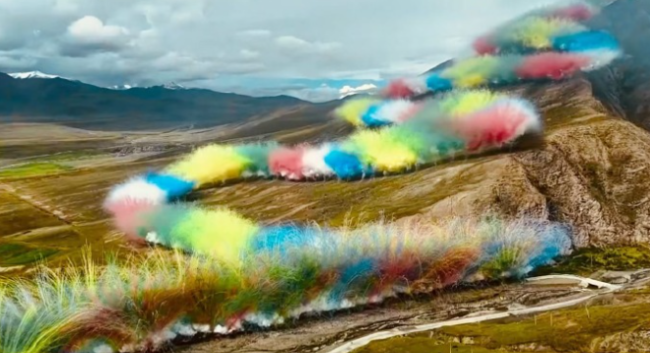
<

